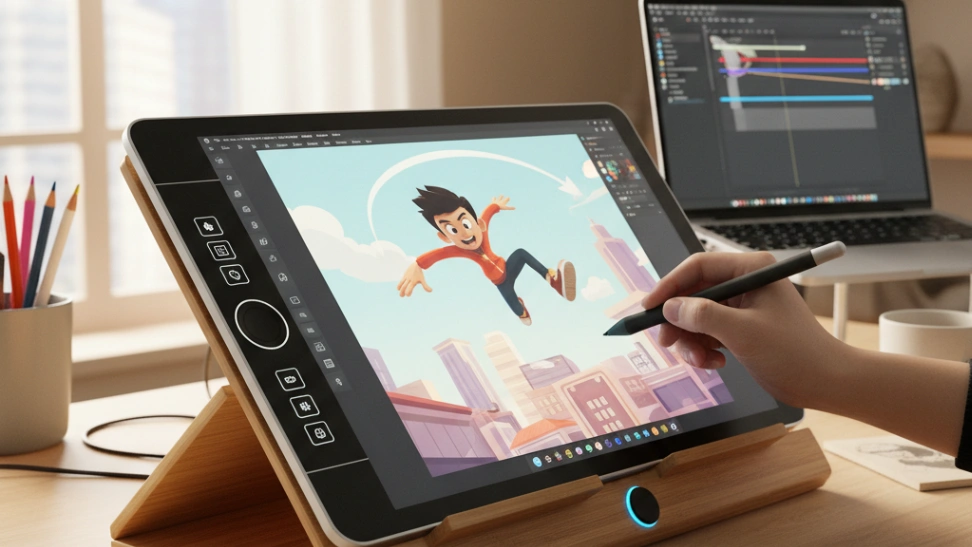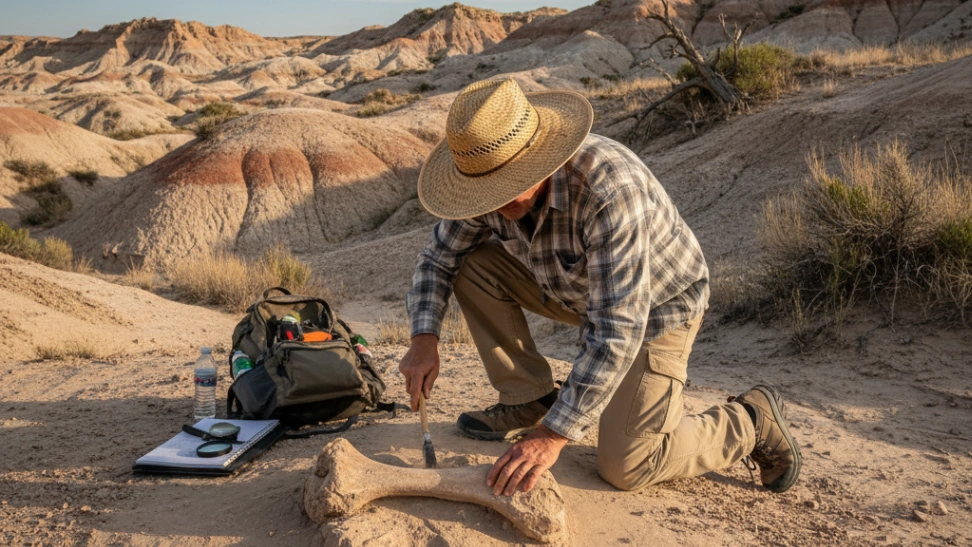The roots of animation stretch back far beyond the advent of cinema. Early examples include ancient Egyptian murals depicting sequences of motion and the "magic lanterns" of the 17th century, which projected hand-painted glass slides in succession. The first true animated film is often attributed to Émile Cohl's "Fantasmagorie" in 1908, a groundbreaking work using hand-drawn stick figures on black and white film. This era saw the rise of pioneers like Winsor McCay with "Gertie the Dinosaur" (1914), establishing fundamental principles that are still relevant today. The 1920s brought Fleischer Studios' rotoscoping technique and Walt Disney's "Steamboat Willie" (1928), introducing synchronized sound to animation and cementing its place in popular culture. The golden age of Hollywood animation through the mid-20th century, led by studios like Disney and Warner Bros., pushed artistic and technical boundaries, creating iconic characters and feature films that defined generations.
The evolution continued with innovative techniques like stop-motion animation, exemplified by Ray Harryhausen's work in the 1950s and 60s, and later Claymation. The advent of television brought animation into millions of homes, fostering new styles and shorter formats. However, the most significant revolution came with the digital age. Computer-Generated Imagery (CGI) began its ascendance in the late 20th century, with films like "Toy Story" (1995) by Pixar marking a watershed moment. This film wasn't just a technological marvel; it demonstrated the emotional depth and storytelling capabilities possible with fully 3D animation. The digital revolution democratized animation to some extent, making powerful software more accessible to independent artists and smaller studios, leading to a boom in diverse animated content across various platforms.
Today, animation is a multifaceted industry thriving across film, television, video games, advertising, and interactive media. Modern animation employs a hybrid approach, often blending traditional principles with digital tools. Artists might sketch concepts on paper, model characters in 3D software, rig them with digital skeletons, and then painstakingly animate their movements frame by frame, often using motion capture data for realistic human movement. The industry is constantly innovating, exploring virtual reality, augmented reality, and real-time rendering, blurring the lines between animation and live-action. Despite the technological advancements, the core principles of compelling storytelling, character design, and the illusion of life remain paramount.
The creative process of animation is an intricate dance between various specialized roles. Concept artists visualize worlds and characters, storyboard artists plan the narrative flow, character designers refine the look of protagonists and antagonists, and modelers build 3D assets. Animators then take these models and bring them to life, focusing on timing, spacing, and the "principles of animation" such as squash and stretch, anticipation, and follow-through. Riggers create the digital "skeletons" that allow models to be posed and animated, while texture artists and lighting specialists add realism and mood. Compositors bring all these elements together, adding special effects and integrating backgrounds. It is a highly collaborative art form where each person's contribution is vital to the final product, often involving numerous iterations and refinements to achieve the desired emotional impact and visual appeal.
Beyond the commercial realm, animation also flourishes as a powerful medium for independent artists and experimental filmmakers. Short films, music videos, and personal projects often explore avant-garde styles and challenging themes, pushing the boundaries of what animation can convey. Online platforms have created unprecedented opportunities for animators to share their work with a global audience, fostering vibrant communities and diverse artistic voices. Learning animation, whether through formal education or self-study, involves dedication to both artistic fundamentals and technical software proficiency. It teaches patience, observational skills, and the ability to convey complex emotions and actions through movement, making it a profound and enriching journey for anyone captivated by the magic of moving images.



